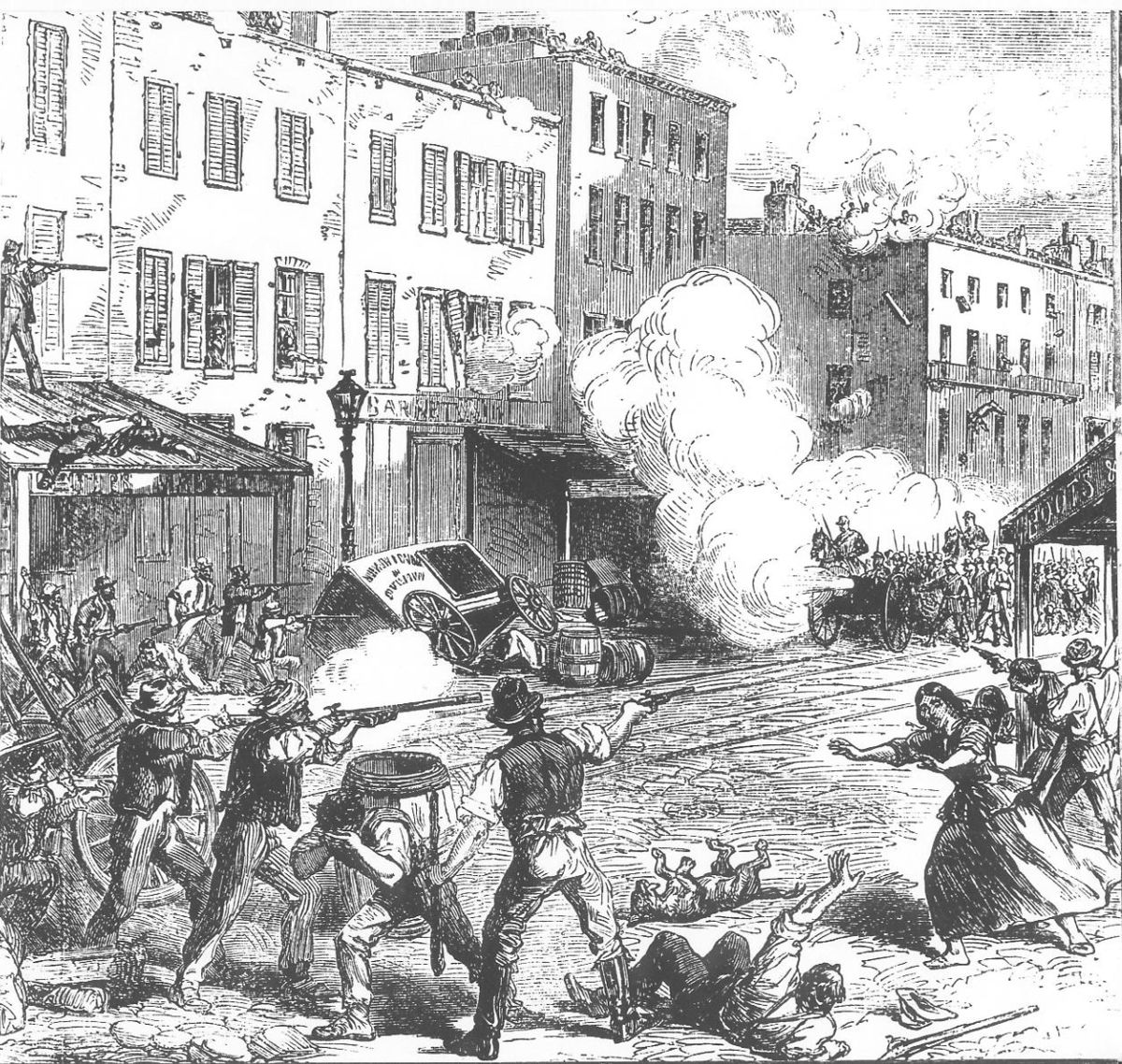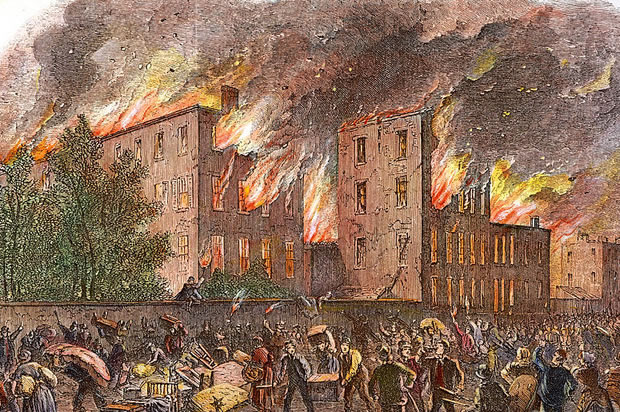It was a day that would live in infamy in the history of New York City. July 13, 1863, saw the city plunged into chaos as deadly riots broke out in protest of the Civil War draft. The streets were filled with angry mobs, and the air was thick with smoke from burning buildings.

The draft had been instituted as a means of conscripting soldiers to fight in the war, which had been raging for more than two years. Many New Yorkers were opposed to the draft, seeing it as an infringement on their rights and an unfair burden on the poor and working class. When the names of those selected for the draft were announced, tensions boiled over, and the protests turned violent.
The rioters targeted government buildings, businesses, and homes of the wealthy, looting and burning them to the ground. They also attacked African Americans, who they blamed for the war and for taking jobs away from white workers. The violence quickly escalated, and the police and military were powerless to stop it.
In the days that followed, the riots spread to other parts of the city, and the death toll continued to rise. It wasn’t until President Lincoln sent troops to restore order that the violence finally subsided.
The New York City draft riots were one of American history’s deadliest and most destructive civil disturbances. They exposed deep divisions within the city and the nation as a whole and highlighted the racial tensions that continued to plague the country long after the end of the Civil War.
Today, the legacy of the draft riots lives on as a reminder of the dangers of intolerance and division. But it also serves as a testament to the resilience and strength of the American people, who have overcome countless challenges throughout our history.

Leave a Reply